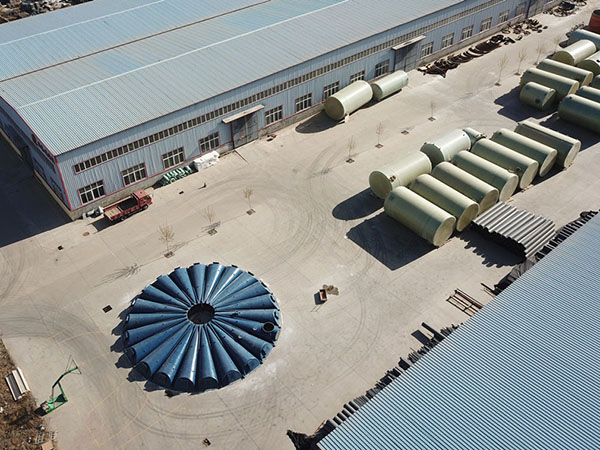
-
 Afrikaans
Afrikaans -
 Albanian
Albanian -
 Amharic
Amharic -
 Arabic
Arabic -
 Armenian
Armenian -
 Azerbaijani
Azerbaijani -
 Basque
Basque -
 Belarusian
Belarusian -
 Bengali
Bengali -
 Bosnian
Bosnian -
 Bulgarian
Bulgarian -
 Catalan
Catalan -
 Cebuano
Cebuano -
 China
China -
 China (Taiwan)
China (Taiwan) -
 Corsican
Corsican -
 Croatian
Croatian -
 Czech
Czech -
 Danish
Danish -
 Dutch
Dutch -
 English
English -
 Esperanto
Esperanto -
 Estonian
Estonian -
 Finnish
Finnish -
 French
French -
 Frisian
Frisian -
 Galician
Galician -
 Georgian
Georgian -
 German
German -
 Greek
Greek -
 Gujarati
Gujarati -
 Haitian Creole
Haitian Creole -
 hausa
hausa -
 hawaiian
hawaiian -
 Hebrew
Hebrew -
 Hindi
Hindi -
 Miao
Miao -
 Hungarian
Hungarian -
 Icelandic
Icelandic -
 igbo
igbo -
 Indonesian
Indonesian -
 irish
irish -
 Italian
Italian -
 Japanese
Japanese -
 Javanese
Javanese -
 Kannada
Kannada -
 kazakh
kazakh -
 Khmer
Khmer -
 Rwandese
Rwandese -
 Korean
Korean -
 Kurdish
Kurdish -
 Kyrgyz
Kyrgyz -
 Lao
Lao -
 Latin
Latin -
 Latvian
Latvian -
 Lithuanian
Lithuanian -
 Luxembourgish
Luxembourgish -
 Macedonian
Macedonian -
 Malgashi
Malgashi -
 Malay
Malay -
 Malayalam
Malayalam -
 Maltese
Maltese -
 Maori
Maori -
 Marathi
Marathi -
 Mongolian
Mongolian -
 Myanmar
Myanmar -
 Nepali
Nepali -
 Norwegian
Norwegian -
 Norwegian
Norwegian -
 Occitan
Occitan -
 Pashto
Pashto -
 Persian
Persian -
 Polish
Polish -
 Portuguese
Portuguese -
 Punjabi
Punjabi -
 Romanian
Romanian -
 Russian
Russian -
 Samoan
Samoan -
 Scottish Gaelic
Scottish Gaelic -
 Serbian
Serbian -
 Sesotho
Sesotho -
 Shona
Shona -
 Sindhi
Sindhi -
 Sinhala
Sinhala -
 Slovak
Slovak -
 Slovenian
Slovenian -
 Somali
Somali -
 Spanish
Spanish -
 Sundanese
Sundanese -
 Swahili
Swahili -
 Swedish
Swedish -
 Tagalog
Tagalog -
 Tajik
Tajik -
 Tamil
Tamil -
 Tatar
Tatar -
 Telugu
Telugu -
 Thai
Thai -
 Turkish
Turkish -
 Turkmen
Turkmen -
 Ukrainian
Ukrainian -
 Urdu
Urdu -
 Uighur
Uighur -
 Uzbek
Uzbek -
 Vietnamese
Vietnamese -
 Welsh
Welsh -
 Bantu
Bantu -
 Yiddish
Yiddish -
 Yoruba
Yoruba -
 Zulu
Zulu
grp piping system
Understanding GRP Piping Systems Key Features and Applications
Glass Reinforced Plastic (GRP), also known as Glass Reinforced Epoxy (GRE) or Fiberglass Reinforced Plastic, has emerged as a popular material in various industrial applications, particularly in piping systems. The ability of GRP to offer significant advantages over traditional materials such as steel, concrete, and even PVC makes it a preferred choice for many engineers and project managers. This article will delve into the characteristics, benefits, and applications of GRP piping systems.
What is GRP?
GRP piping systems are composed of a composite material that combines glass fibers with a polymer matrix. The glass fibers provide strength and stiffness, while the resin binds the fibers together, allowing for a robust and lightweight structure. This combination results in a material that has excellent mechanical and chemical resistance properties, making it suitable for a wide range of applications.
Key Features of GRP Piping Systems
1. Corrosion Resistance One of the most significant advantages of GRP piping is its ability to withstand corrosion caused by various chemicals. Unlike metal pipes that can rust and degrade over time when exposed to moisture and corrosive substances, GRP pipes maintain their integrity, making them ideal for transporting chemicals, wastewater, and other aggressive fluids.
2. Lightweight GRP pipes are significantly lighter than steel or concrete pipes, which results in reduced transportation and installation costs. The lightweight nature of GRP allows for easier handling and faster installation, contributing to overall project efficiency.
3. Longevity The durability of GRP piping systems is noteworthy. They have a long service life, often exceeding 30 years with minimal maintenance. This longevity can substantially lower the total cost of ownership as it reduces the frequency of replacements and repairs.
4. Thermal Insulation GRP piping offers excellent thermal insulation properties, which can be critical in applications where temperature control is necessary. This feature also helps in reducing energy loss during fluid transportation, leading to improved efficiency.
5. Design Flexibility GRP pipes can be manufactured in various sizes and shapes, allowing for customization to fit specific project requirements. They can be produced with fittings and joints tailored to the installation environment, enhancing overall system performance.
grp piping system

Applications of GRP Piping Systems
GRP piping systems find application in numerous sectors, including
- Water and Wastewater Management GRP pipes are extensively used in municipal water supply systems, sewage treatment plants, and drainage systems due to their corrosion resistance and longevity.
- Chemical Industries GRP pipes effectively transport a wide range of chemicals, including acids and alkalis, where traditional materials would be inadequate.
- Oil and Gas In this industry, GRP pipes are used for transporting crude oil, natural gas, and various petrochemicals, benefitting from their lightweight design and resistance to corrosive substances.
- Power Generation GRP piping systems are also used in cooling water systems in power plants, contributing to their operational efficiency.
- Marine Applications Due to their resistance to saltwater corrosion, GRP pipes are increasingly used in marine and offshore applications, including shipbuilding and desalination plants.
Conclusion
In conclusion, GRP piping systems represent a significant advancement in the field of piping technology. With their impressive array of features—such as corrosion resistance, light weight, durability, and excellent thermal insulation—GRP pipes are well-suited for a myriad of applications across various industries. As industries continue to focus on sustainability and efficiency, the adoption of GRP piping is likely to increase, paving the way for innovative solutions to modern engineering challenges. By understanding the capabilities and applications of GRP piping systems, engineers and project managers can make informed decisions that enhance project outcomes, improve operational efficiency, and ultimately contribute to sustainability efforts in industrial operations.









